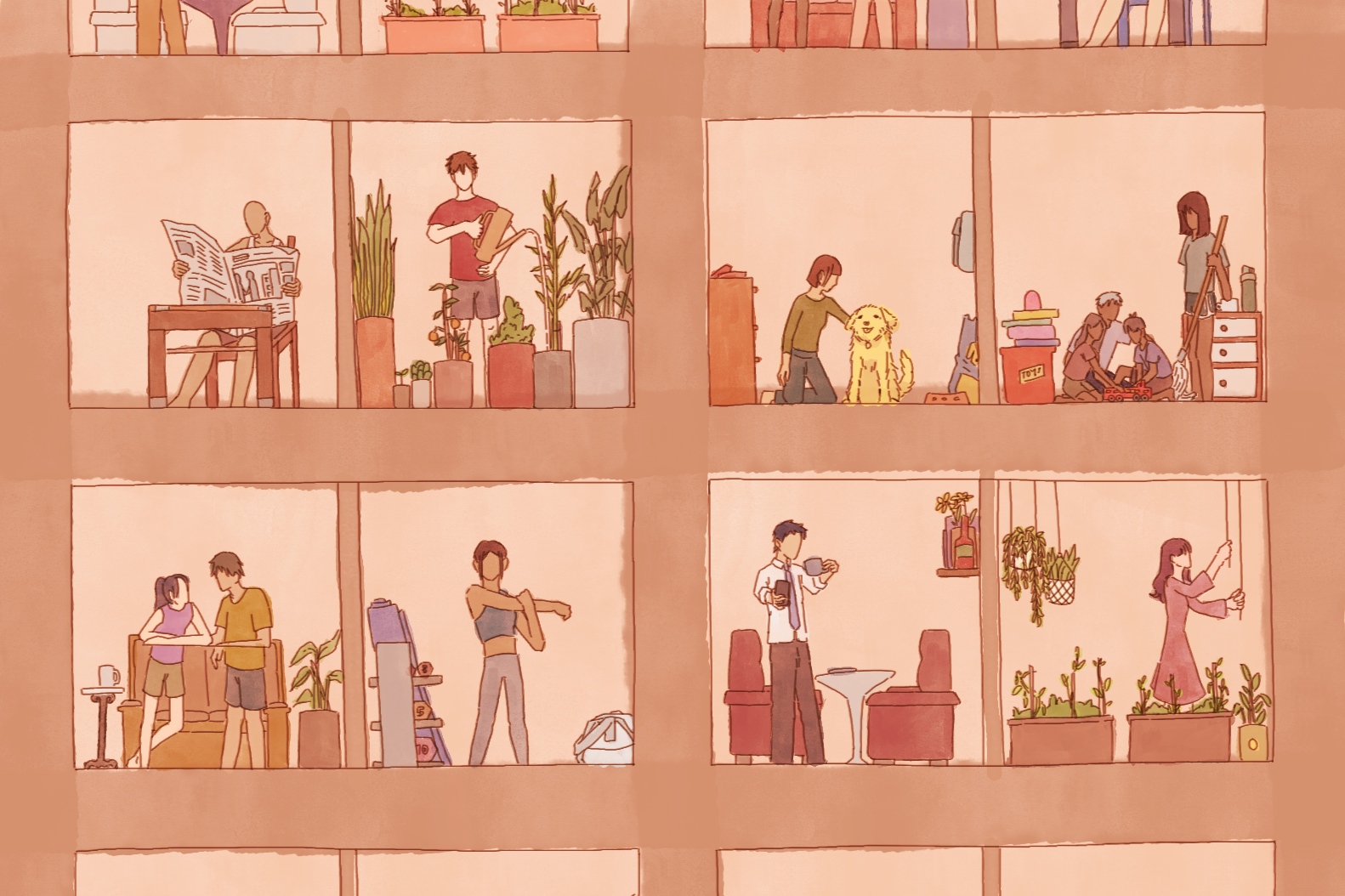I’ve been asking questions about the church model for awhile now.
I’ve heard the Holy Spirit speak to me on this issue: ‘There are many Christians in this nation, but few disciples.” I distinctly remember I wasn’t having a conversation with God, just alone in my thoughts, when that line popped into my head. I kept it to heart.
I’ve observed that in the church setting, there will always be 20% of the congregation who are serving in every single committee and event. Meanwhile, the other 80% aren’t exactly engaged. This situation leaves the 20% burnt out, and the 80% disengaged. Neither group is experiencing life transformation – neither group is impacting society.
To me, it doesn’t sound like a very good model to work with. I wonder if there’s a better way.

What kind of disciple should a church produce then?
I am currently coordinating a youth ministry, and I have the opportunity to equip youths and young adults to be salt and light wherever God places them. So I often think of how to help them prepare and equip them.
Working in Interserve, I’ve often heard stories of people who are the only Christian where they live, surrounded by millions who worship other gods. But somehow, through God’s grace and many years of effort, His church always gets planted. Whenever I hear these stories, I always wonder how they lived their faith out all by themselves. How did they plant a church?
I believe the best test of how equipped a Jesus follower lies in the response to questions like these:
- Do you know what to do when you are all alone in your faith?
- Given any situation, do you know where to flip to in the Bible for an answer?
- Have you learnt how to present Christ?
- Do you know how to show love to the young, the old, the last, the lost and the least?”
If we are not preparing our church to be all of the above – to be and not merely do – then what are we even doing in church? I do not despise weekly corporate worship, but I believe we must be aiming for something higher.
But the house church is small enough that there won’t be a children’s ministry and an elderly one. Both the young and old in the same house worshipping, both the young and old learning to love, understanding and meeting each other’s needs.
It would be helpful to go back to the original church planting movement for insight.
In Acts 2, we get a picture of how the church fellowshipped over communion. We also see how they shared their resources, followed the apostles’ teaching and how God added to their church daily. That much is plain.
What is not as easy to observe is the absence of megachurches. The early church believers grew rapidly, but they weren’t gathering in megachurches – they gathered in house churches.
I believe the house church model is where we see believers of one heart and of one mind. To them all things were held in common (Acts 4:32)! So in the house church accountability happens, discipleship takes place and struggles are shared.
Because it is so easy to mask dishonesty in big gatherings. There is no accountability to speak of when one comes to church for just the weekly sermon. Neither are disciples nurtured through large-scale conferences.
Maybe I’m getting a little carried away. I agree there is a place and purpose for large-scale gatherings. After all, we’ve seen God addressing Israel as a nation through assemblies, like when they gathered at Mount Sinai (Exodus 19) and for the Feast of Tabernacles (Nehemiah 8). It’s important to remember that at such assemblies an entire nation was addressed.
What is not as easy to observe is the absence of megachurches. The early church believers grew rapidly, but they weren’t gathering in megachurches – they gathered in house churches.
But I wonder if the Singapore Church has misplaced her focus in two areas. Have we been making enough disciples to be the church (believers transformed to love the young, old, lost etc.)? Have we put a disproportionate focus on corporate assembly (worship service)?
Because wherever I look, I find that the “20% Christians” serving in their ministries or departments will find themselves struggling to meet the needs of another demographic. The issue here is a structural one. For instance, someone who is serving in the children’s ministry might find it hard to love, understand and meet the needs of the elderly inside and outside of church.
But the house church is small enough that there won’t be a children’s ministry and an elderly one. Both the young and old in the same house worshipping, both the young and old learning to love, understanding and meeting each other’s needs.
I wonder if there is a disproportionate focus on corporate assembly. Do we put too much time and money into preparing for the weekly service? Ministry and service can’t only revolve around events and managing things. I don’t think those are processes that make disciples.

What if we treated our cell group as a house church?
That means we already have the ingredients to readopt the house church model. In fact, we’ve spent the past four decades gathering these ingredients from the Billy Graham Crusade of 1979.
So maybe what we need is a perspective shift, seeing each cell group as a house church. As young adults mature, get married and have kids – that is the life cycle within a house church. I really wonder what the Singapore Church would be like if we were made up of house churches through cell groups.
I believe the house church model is where we see believers of one heart and of one mind.
Pastor Lawrence Khong once shared about his dream to see every HDB saved for Christ – that is exactly how a house church can look like!
Families come to taste of God’s goodness within the same or neighbouring HDB blocks. They all congregate at one unit, and then split off to smaller group discussions as different church members – essentially neighbours – open up their homes.
Imagine it: You won’t even need to spend money on building car parks because HDB already built it for you. No need for extravagant sound systems. No need to spend money to purchase and maintain real estate. Finances can be stewarded towards missions. And you will still get your corporate assemblies through the countless conferences the Singapore Church currently fatigues over.
To me, that is a great image of what urban missions can look like in Singapore’s home grown HDB story – one block at a time.









